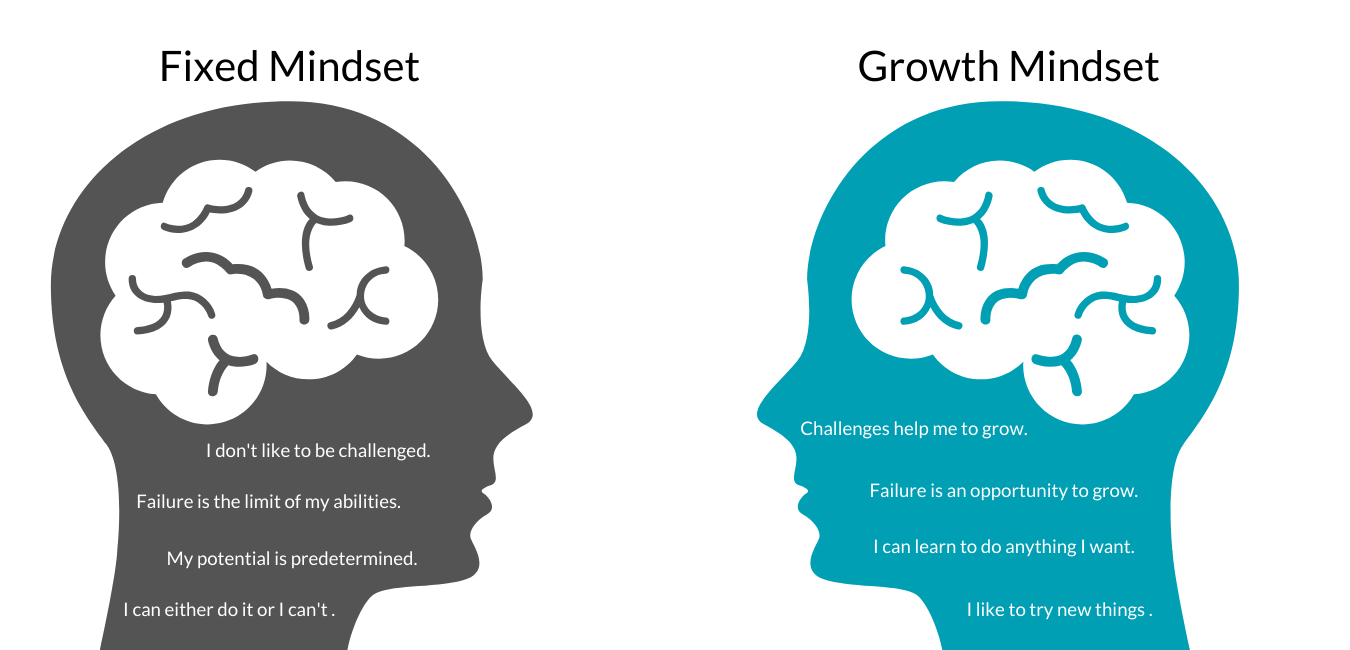Education Systems Are Sick. Here Are Three Suggestions for a Cure.
How schools can use talents, tech & growth mindsets to better prepare the next generations.
“We may not see the future, but our students will and our job is to help them make something of it.”
— Sir Ken Robinson
The next generation faces climate change, digital disruption, and need skills like critical thinking, problem-solving, information literacy, and self-directed learning.
Yet, most schools haven’t changed since your parents went to school.
Our education system operates in an outdated framework. It’s like we’re desperately using Henry Ford’s assembly lines to create the future of mobility.
Unless we want our kids to blame us for pushing them through a sick system, we better change the frames in which schools operate.
Below are three instructive examples of how to improve school systems. By reading, you’ll understand how teachers, grading systems, and technology can drive us into a new education era.
1. Attract The Best Talent To Teaching
Future education systems attract the most qualified people, so children learn from the best.
Meanwhile, we’re personally familiar with the high percentage of teachers who don’t like teaching or even worse, who hate children. It’s those persons that trampled on the emotional entryway to our brains and devalued our respect for the teaching profession.
And as if bad memories weren’t enough, the current system doesn’t even attract fresh, ambitious talent. There are careers in the private sector, in politics, in the artistic field, but not in school.
I made a brave decision when I waived half my salary and ignored social expectations to teach at a school rather than to consult at McKinsey.
This decision shouldn’t have felt brave. A teaching career needs to shine as bright as working for the “Big Three” does to some business students.
How to attract the best talent into the teaching profession?
By professionalizing a teacher’s job. Here’s a checklist for decision-makers:
Adequate workspaces with quiet cubicles for undisturbed deep work and rooms for team meetings and parent-teacher conferences.
Proper work equipment, including laptops, WIFI, and stationery for lesson preparation and communication.
Core working hours that enable team-oriented work and free the teaching profession from the stigma of a part-time job.
360° feedback systems that support teachers in their personal and professional development.
Career paths and opportunities besides teaching, similar to Singapore’s leadership and senior specialist tracks.
„Like any other profession, career advancement is only limited by your own performance and potential.”
— Ministry of Education, Singapore
Once enough teaching prospects apply, universities can pick the most suitable candidates based on leadership qualities needed for teaching, like decisiveness, self-awareness, courage, clarity, empathy, and the willingness to learn.
2. Measure Student’s Progress by Learning Instead of Grading
In a new education era, students focus on learning progress instead of grades.
When education scaled in the 20th century, grades were our best guess for performance measurement. Now, we know better.
“Schools reward students who consistently do what they are told. Academic grades correlate only loosely with intelligence. Grades are, however, an excellent predictor of self-discipline, conscientiousness, and the ability to comply with rules.”
— Eric Barker
The most successful students are those who understand what teachers want and follow the rules. A student who arranges his worksheets in the right order and nods silently often receives better marks than his peer, who asks critical questions and challenges the status quo.
Here’s the unwritten formula to grade success: “Accept the ideas of your superiors and implement them quickly, silently, and never critically question any teacher.”
With this mantra in mind, you might wonder how students are supposed to become tomorrow’s critical thinkers and creative minds.Good point.
It’s hard to foster creativity and critical thinking when grades reward those who follow the rules.
Besides, children read grades as a measurement for their intelligence. Many students derive or destroy their self-worth based on a grade (and their parents’ reaction to this grade).
By an overrated attribution of meaning, the next Thomas Alva Edison might lose her interest in science, concluding she’s not good in Chemistry.
“I’ve never been good in _______ (subject),”is the most noxious statement grading has produced.
A new education era replaces grades with learning progress.
How to measure a student’s learning progress?
By teaching kids to judge their progress based on learning instead of grades. Guiding questions could be:
What new did you learn today?
What have you done better than yesterday?
What mistake did you make that taught you something?
What’s the most helpful feedback you received today?
What did you try hard today?
What are you curious about, and what will you explore next?
Future schools build on the work of the American psychologist Carol Dweck who demonstrated the role of mindsets in students’ achievement.


Fixed Mindset vs. Growth Mindset (Source: Author based on C. Dweck)
“Test scores and measures of achievement tell you where a student is, but they don’t tell you, where a student could end up.”
— Carol Dweck


Photo by Daniel von Appen on Unsplash
3. Using State-of-the-Art Technology To Facilitate Learning
In a new education era, all children experience personalized learning.
Remember when you were sitting in a classroom, bored to death because some of your classmates didn’t get the concept? Or were you the one rushing and struggling, because you didn’t want the others to wait for you?
Unfortunately, classroom reality hasn’t changed much.
Schools expect students to learn at the same speed and with the same means. It doesn’t help that we batch children through our school system, assuming age is the most important thing they’ve in common.
Future education systems make use of technology to adapt learning to students’ individual needs.
How To Make Use of Technology?
By scaling best practices like BetterLesson or Teach to One.
Teach to One has digitized 10.000 math units as educational games and explanatory videos. In large rooms, children of different ages learn simultaneously while each student works on a device. Algorithms determine personalized daily schedules based on student’s learning needs, with each schedule and instruction plan adjusted to suit their ability and most successful learning method.
In classrooms with technology, teachers are learning guides, motivators, and coaches. Instead of keeping an entire class quite and busy, they focus on social interaction in 1:1 check-ins and smaller group settings.
“In Teach to One, you’re always doing something. Because there is no set curriculum, you can keep moving up. Once you know something, you can just go on to the next concept and figure that one out.”
— Student at Teach to One
The result: Within five years, these students learn 40–50% more mathematics than comparison students with conventional teaching methods.
Algorithm facilitated curricula can give students what they need in the way they need and when they need it.
“The future is called digital learning. It’s the most important innovation in education since the invention of the printing press.”
— Rafael Reif
The Bottom Line
Students, parents, teachers, community leaders, and decision-makers — together, we have to demand courageous and new solutions in education! Little will change if we stay quiet.
Let’s start by acknowledging all the great teachers who make the best of a diseased system. The ones who explore new ways of teaching, encourage students to ask critical questions and focus on learning progress.
Let’s help them by attracting more talent to teaching, shifting the grade focus to learning focus, and using the power of algorithms for student’s personalized learning experiences.
There’s no reason any student should not enjoy learning.
Sources
Barker, E. (2017). Barking up the wrong tree. The surprising science behind why everything you know about success is (mostly) wrong.Harper One.
Dweck, C. (2006). Mindset: The New Psychology of Success.Random House.
Haynes, V. (1995). Being a Head of Class Isn’t Same as Having Inside Track on Life. Chicago Tribune.
Papageorge, N. W., Ronda, V., & Zheng, Y. (2019). The economic value of breaking bad: Misbehavior, schooling, and the labor market. National Bureau of Economic Research.
Robinson, K. (2010). Changing education paradigms.RSA Animate, The Royal Society of Arts.
Singapore Government (2020). Teaching Careers.
The Economist (2014). The digital degree. The Economist Group Limited.



